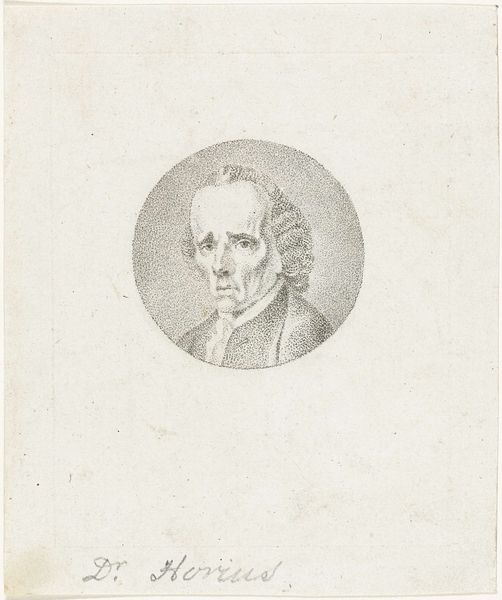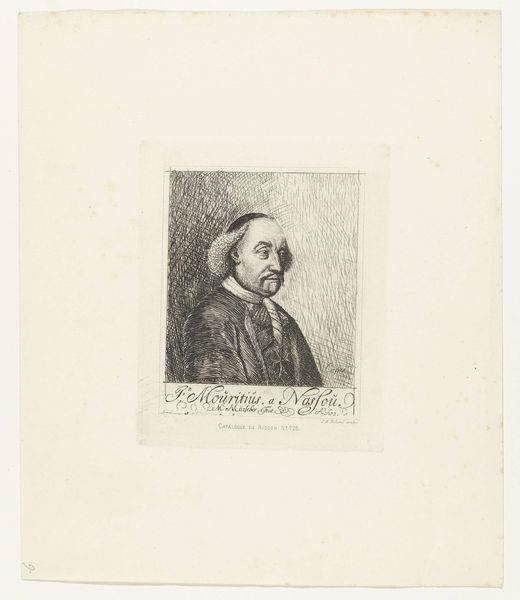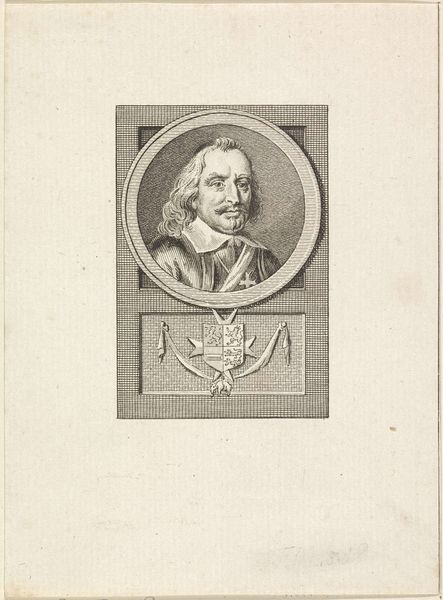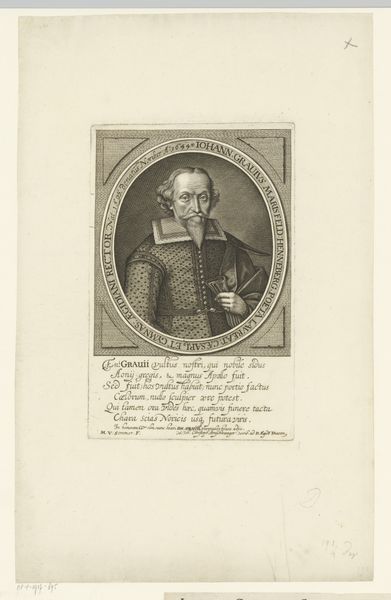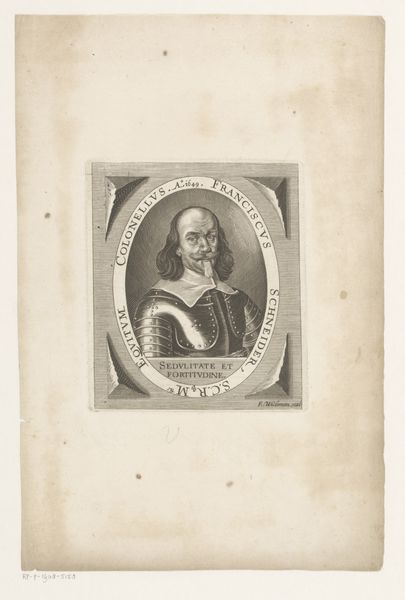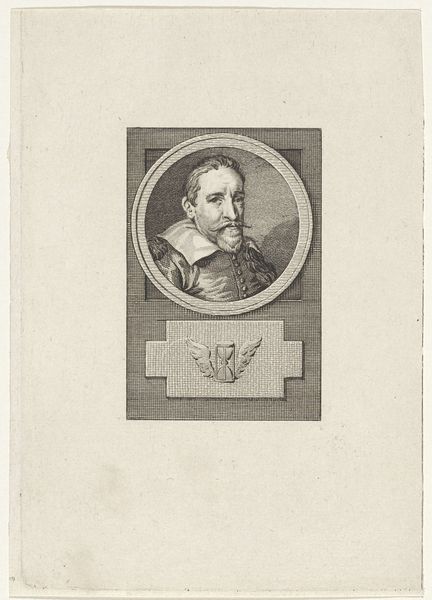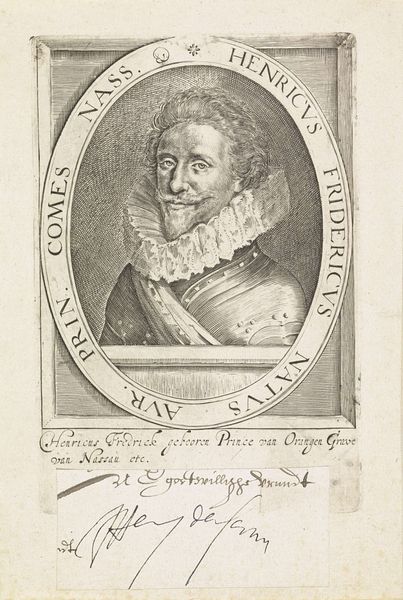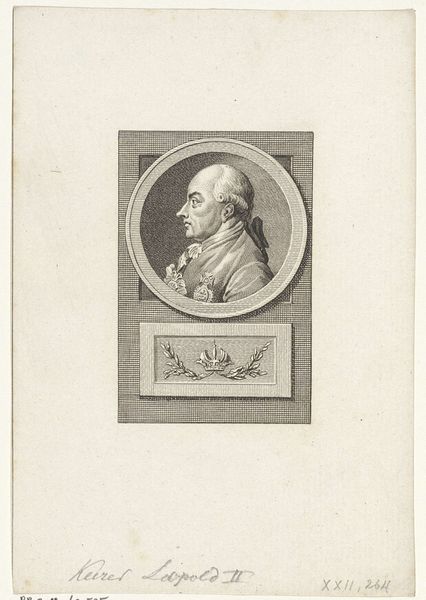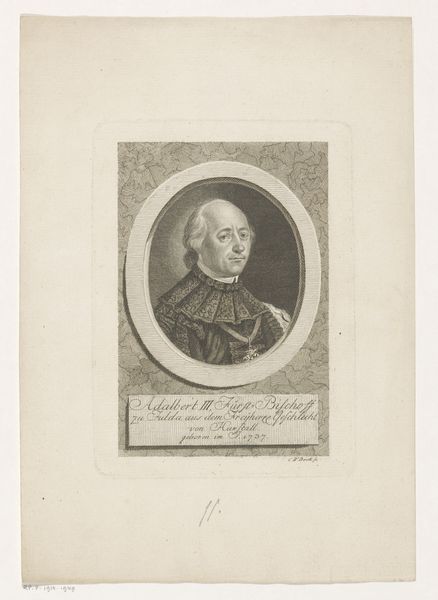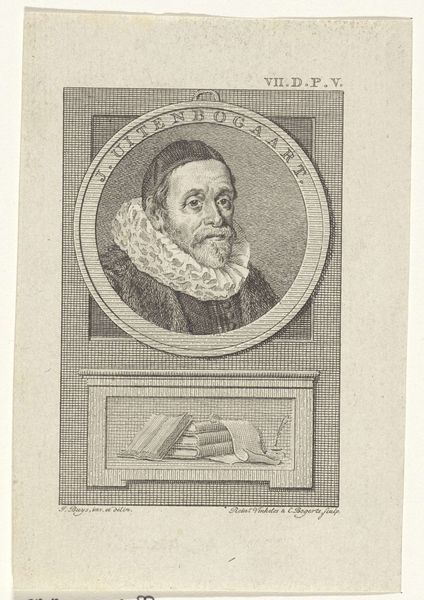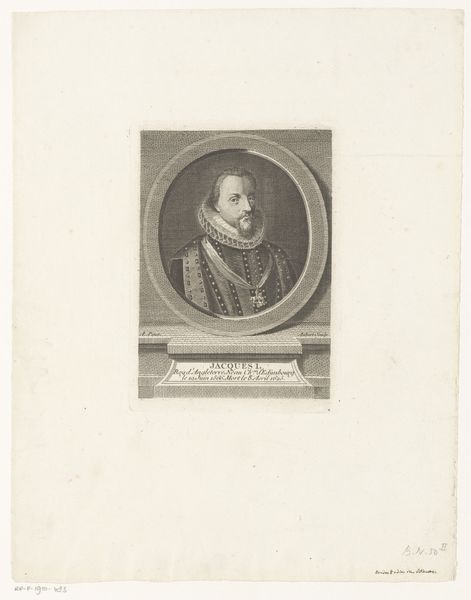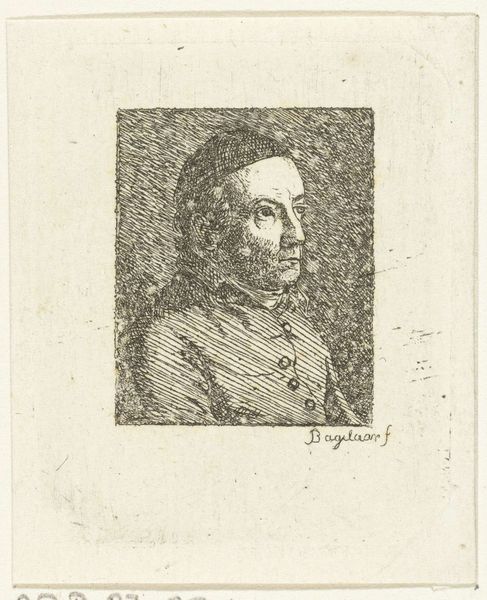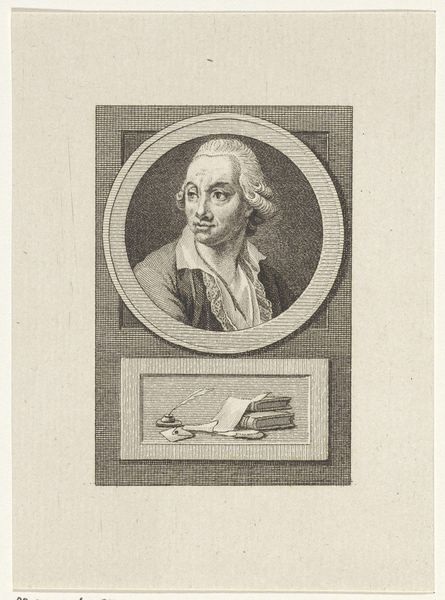
engraving
#
portrait
#
neoclacissism
#
engraving
#
realism
Dimensions: height 163 mm, width 112 mm
Copyright: Rijks Museum: Open Domain
Curator: Looking at this image, what springs to mind? Editor: Dignity, maybe? He’s so formally framed. There is a gravity in his eyes that speaks of the weighty decisions he makes and perhaps is responsible for. Who is he? Curator: The Rijksmuseum has this engraving cataloged as “Portret van Cornelis Pietersz. Hooft” dating from around 1783-1795, credited to Reinier Vinkeles. It’s quite striking in its detail. Editor: Definitely! The ruff is incredible; look at all the work that went into capturing the lace and the texture of the fur stole. And beneath the portrait, there appear to be fasces—bundles of rods—a symbol appropriated in darker historical periods, particularly associated with power, authority, and state control, or even totalitarianism, depending on context. What could this tell us about Hooft? Curator: As a symbol, fasces goes back to ancient Rome, and has been repeatedly reinterpreted throughout history. Consider how Neoclassicism embraced Roman visual culture in the 18th century. Seeing them beneath Hooft, whose direct gaze confronts us with such clarity, it suggests the artist wished to attribute this weight of leadership and strength to the sitter, an emphasis on virtue and civic responsibility perhaps. It is very possible, with that symbolic context in mind, the fasces serves here as an expression of unity and strength through shared values within the Dutch Republic. Editor: And perhaps, a claim for Hooft’s place within it. What interests me is the portrait's own moment in the late 18th century, and the artist's invocation of both ancient authority and a more immediate sense of power. It hints at the shifting social and political ground during that era. The very idea of who gets remembered and how—this portrait seems caught between those questions. Curator: The way that historical symbols accrue such varied and complicated readings fascinates me—how one image can represent almost opposing meanings. It demonstrates the power of symbols and images. Editor: It's why they still matter so much, right? Visual codes operate beneath the surface, subtly influencing our perceptions and understandings. Thanks for untangling some of that today! Curator: My pleasure. Looking closer at these engravings invites us to reflect on power, symbolism, and how the past is always present.
Comments
No comments
Be the first to comment and join the conversation on the ultimate creative platform.

